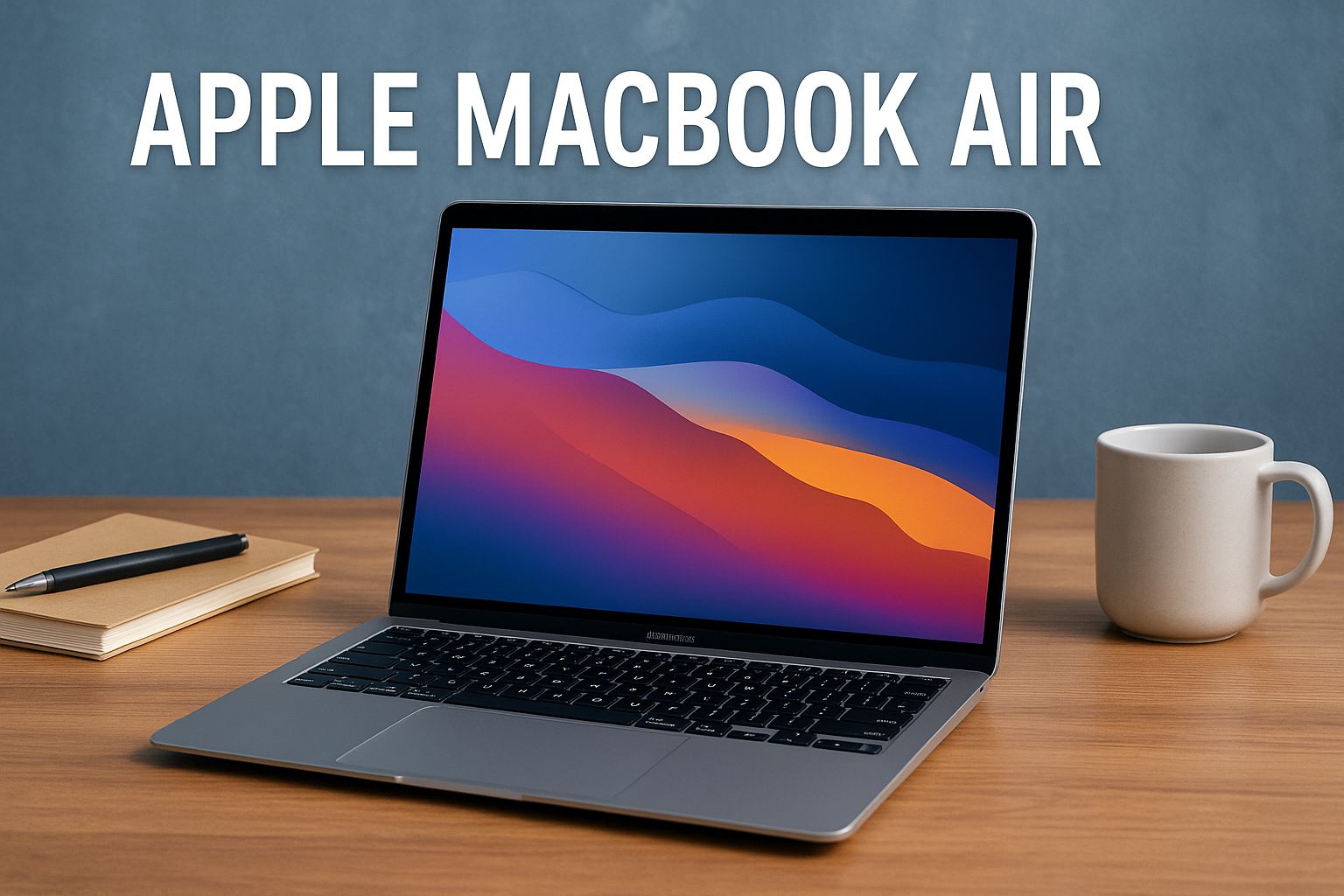Introduction: Dreams vs. Financial Reality in Your 20s and Early 30s
If you’re in your 20s or early 30s, chasing a career, saving money, and dreaming big all at once, it’s natural to wonder: should you buy a home or continue renting and investing?
This isn’t a one‑size‑fits‑all question. Your decision should be based on a practical, logical framework—not just emotion. This guide walks you through both sides, updates missing context, and helps you make a smart, informed decision.
Step‑by‑Step Comparison: Buying vs Renting
Scenario Assumed: ₹40 Lakh Property
Option A: Buying a ₹40 Lakh Property
- Down payment: ~₹12–17 lakh (30–35%)
- Loan: ~₹23–28 lakh
- EMI at 8% for 15 years: ~₹38,000–50,000/month
In updated context: with new lending norms, down payment can drop to ~30% (around ₹12 lakh for ₹40 lakh) depending on bank criteria.
- 10‑year total EMI: ~₹48–55 lakh
- Maintenance & Taxes: ~₹2.5–3.5 lakh (realistic with minor inflation updates)
- Total outflow: ₹12–17 lakh (DP) + ₹48–55 lakh (EMIs) + ₹3 lakh ≈ ₹63–75 lakh
Option B: Renting the Same Property
- Monthly rent: ₹20,000–25,000
- Annual rent escalation: 5% (realistic in Indian cities)
- 10‑year cumulative rent (incl. deposit): ~₹28–32 lakh
Net savings if renting vs buying over 10 years: ≈ ₹35–45 lakh. This gap is hugely significant for compounding investment.
Keyword Deep-Dives
Rent vs Buy Guide
A comprehensive, updated framework that walks through both buying and renting, including financial calculations, lifestyle factors, and scenario comparisons.
Rent vs Buy India
Indian real estate differs from many Western markets: property price growth is often slower in smaller cities, rental markets vary sharply by locality, and loans depend heavily on credit score. This guide factors in India‑specific rules and rent increases.
SIP Investment for 20‑30 Year Olds
If you invest ₹30,000/month via SIP in equity mutual funds with ~14% annual returns (long‑term average), your corpus could grow as follows:
- 5 years: ~₹25 lakh
- 10 years: ~₹80–85 lakh
- 15 years: ~₹1.8–2 crore
These numbers assume conservative annual returns and regular investing, based on historical equity performance in India.
Rent Yield Rule
The “4% rule”: if the annual rent is less than 4% of the property’s market value, renting may be financially more sensible than buying. For instance:
- Property worth ₹1 crore → 4% = ₹4 lakh/year or ₹33,000/month.
- If rent < ₹33K/month, rent is more efficient financially.
Property Purchase vs Rent
When deciding:
- Assess liquidity (renting + investing keeps funds accessible)
- Consider transaction costs (brokerage, stamp duty, maintenance, loan interest)
- Factor in emotional vs logical reasons (goal‑driven vs prestige/social pressure)
Updated Insights & Real‑World Missing Gaps
- Pre‑EMI vs Full EMI: Many banks charge ‘pre‑EMI’ interest in initial loan months. That reduces upfront disposable income—something often overlooked.
- Hidden recurring costs: Society maintenance inflation, increase in property taxes, higher insurance fees—build realistic buffers (~3–5% compound increase over time).
- Opportunity cost of down payment: Instead of locking ₹12–17 lakh upfront, that lump sum could be invested in a diversified portfolio earning ~10–12%—often outperforming property appreciation.
- City‑specific property growth: In Tier‑2/3 cities, property appreciation may hover around 3–5% only. In many metro flats, growth has slowed. Buying for appreciation alone may not yield high returns.
We’ve added these observations to make the comparison more robust and realistic for Indian millennials.
Practical Recommendations for Millennials (20–30 Age Group)
Short‑Term Strategy (up to age 35)
- Rent in a city or location aligned with your career path—offering flexibility.
- Start SIP investments of ₹20–30K/month in equity mutual funds (preferably low‑cost index funds or good quality diversified multi‑cap funds).
- Focus on income growth and skill development—use the saved capital to build better opportunities, not lock into high monthly EMIs.
When Buying Might Make Sense
- You have a stable career and predictable location plans.
- Your return from investments is significantly higher risk than stable property ownership.
- Down payment capital is mostly liquid—few loans needed.
- Planning to live there for 8–10 years or more.
Even then, consider a hybrid: buy only when your investment portfolio and emergency funds are both in place—so loan burden doesn’t compromise your financial freedom.
Realistic Scenario Summary Table
| Time Horizon | Buying Pros | Renting + Investing Pros |
|---|---|---|
| 5 years | Home use, some forced savings | Highest flexibility, fast SIP growth (~₹25 lakh) |
| 10 years | Asset ownership, appreciation | Portfolio size ~₹80 lakh, liquidity, lifestyle freedom |
| 15+ years | No EMI, eventual full ownership | Portfolio ₹1.8–2 crore, asset diversification, power of compounding |
Actionable Tips & Expert Advice
- Track your net worth annually—assets vs liabilities to measure real progress.
- Don’t buy out of FOMO (fear of missing out)—emotional pressure often leads to regret if fundamentals aren’t solid.
- Follow the 4% rent yield rule—only evaluate buying if rent is >4% of property value.
- Diversify your investments—avoid concentration in one property or equity fund alone.
- Plan for life changes—marriage, relocation or family may shift the equation. Stay adaptable.
FAQs
I have ₹20 lakh in savings. Should I buy a house now?
If your career is not stable or you don’t have substantial passive income, investing that amount in mutual funds or other diversified assets may give stronger compounded returns over time. Buying might make sense later when income is secure.
Is owning a home an emotional purchase or a logical one?
It’s both. Emotions—like pride or social status—play a part, but a rational financial decision should be based on cash flow analysis and life goals.
Are SIPs risky?
SIPs in equity mutual funds involve short‑term volatility but low long‑term risk if you stay invested for 5+ years. They benefit from rupee cost averaging and compounding power.
Is property easy to sell later?
No. Real estate is illiquid. Selling takes time and effort—especially outside major metro cities or in buyer’s markets.
Flat vs plot—which appreciates more?
Plots in good locations often appreciate faster long‑term, assuming development follows. Flats are convenient and offer rental options, but appreciate slower and incur higher maintenance.
Conclusion: Your Smart Decision Framework
Your 20s and early 30s are for planning, growth, and compounding wealth. Buying a house may feel like a milestone, but if done too early, it can trap cash flow and limit opportunity.
Smart steps:
- Start SIP investing now.
- Stay flexible by renting while you build your skills and savings.
- Only consider buying when your income is stable, and you have liquidity and capital to negotiate well.
By age 35 or later, you can decide confidently—do you want equity in a property or equity in your investments? Either path can lead to financial freedom if taken consciously.










